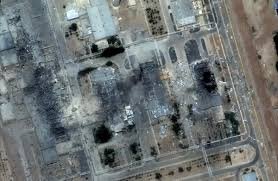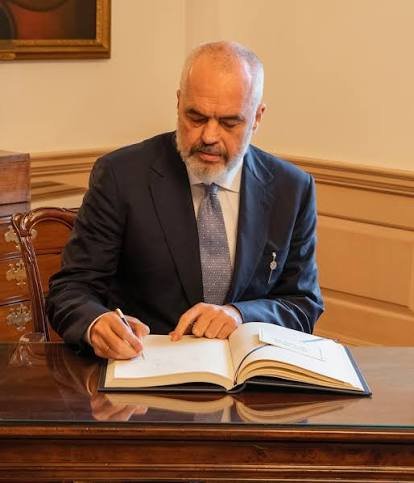
The US military strikes on three Iranian nuclear facilities did not destroy the core components of the country’s nuclear prprogramme, the CNN reports, citing early US intelligence assessment.
The assessment was produced by the Defense Intelligence Agency, the Pentagon’s intelligence arm, and was based on the battle damage assessment conducted by US Central Command in the aftermath of the US strikes.
According to four sources who spoke to the CNN, the analysis of the damage to the sites and the impact of the strikes on Iran’s nuclear ambitions is ongoing, and could change as more intelligence becomes available.
But the early findings are at odds with President Donald Trump’s repeated claims that the strikes “completely and totally obliterated” Iran’s nuclear enrichment facilities.
Secretary of Defense Pete Hegseth also said on Sunday that Iran’s nuclear ambitions “have been obliterated.”
Two of the people familiar with the assessment said Iran’s stockpile of enriched uranium was not destroyed. One of the people said the centrifuges are largely “intact.”
“So the (DIA) assessment is that the US set them back maybe a few months, tops,” this person added.
The White House acknowledged the existence of the assessment but said they disagreed with it.
White House press secretary Karoline Leavitt told CNN in a statement: “This alleged assessment is flat-out wrong and was classified as ‘top secret’ but was still leaked to CNN by an anonymous, low-level loser in the intelligence community.
“The leaking of this alleged assessment is a clear attempt to demean President Trump, and discredit the brave fighter pilots who conducted a perfectly executed mission to obliterate Iran’s nuclear program. Everyone knows what happens when you drop fourteen 30,000 pound bombs perfectly on their targets: total obliteration.”
While Trump have been bullish about the success of the strikes, Chairman of the Joint Chiefs of Staff Dan Caine said Sunday that while the damage assessment was still ongoing it would be “way too early” to comment on whether Iran still retains some nuclear capabilities.
Jeffrey Lewis, a weapons expert and professor at the Middlebury Institute of International Studies who has closely reviewed commercial satellite imagery of the strike sites, agreed with the assessment that the attacks do not appear to have ended Iran’s nuclear program.
“The ceasefire came without either Israel or the United States being able to destroy several key underground nuclear facilities, including near Natanz, Isfahan and Parchin,” Lewis said.
“These facilities could serve as the basis for the rapid reconstitution of Iran’s nuclear programme.”
The Syndicate recalls that, Iran had immediately after the US strike, said it had moved all vital nuclear components from the sites, and the strikes will not affect its nuclear programme.



